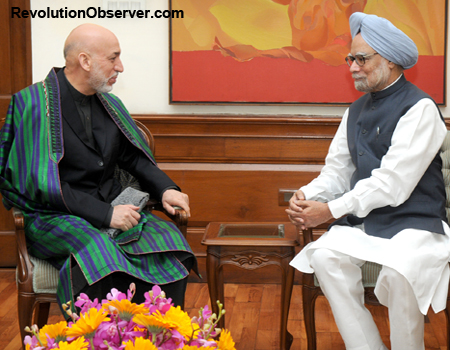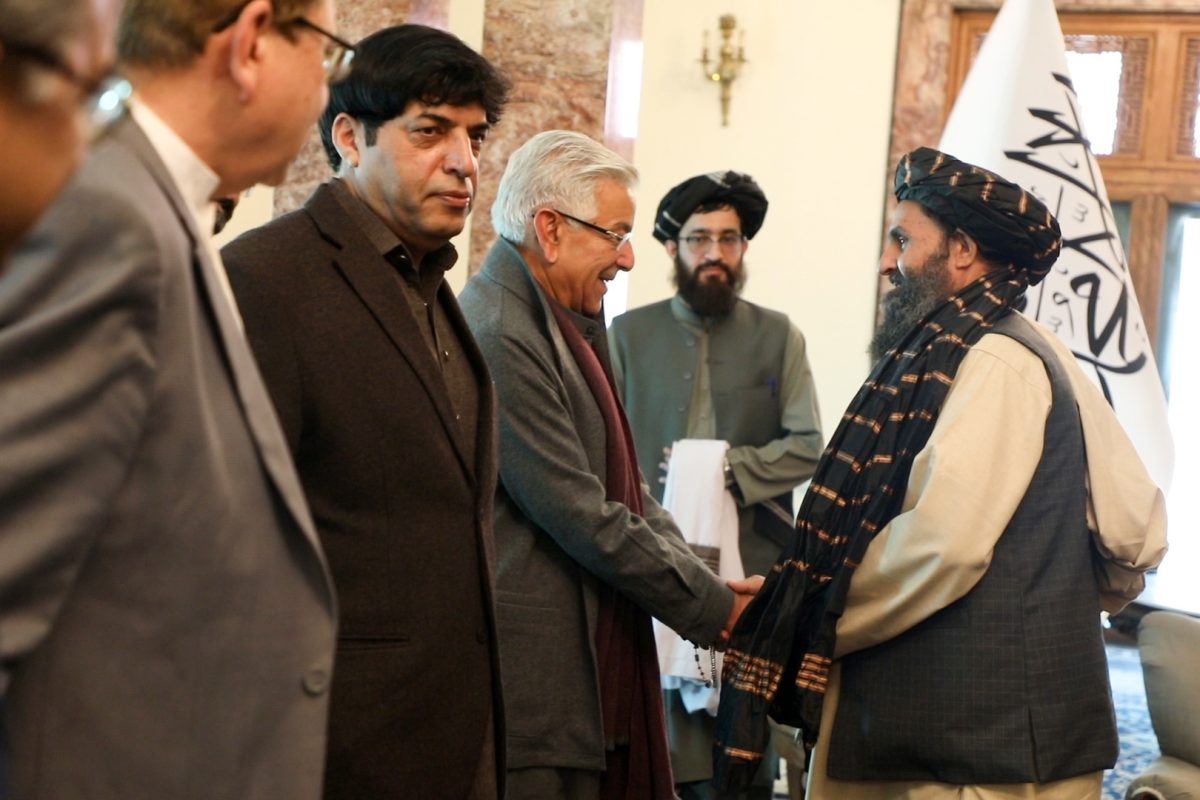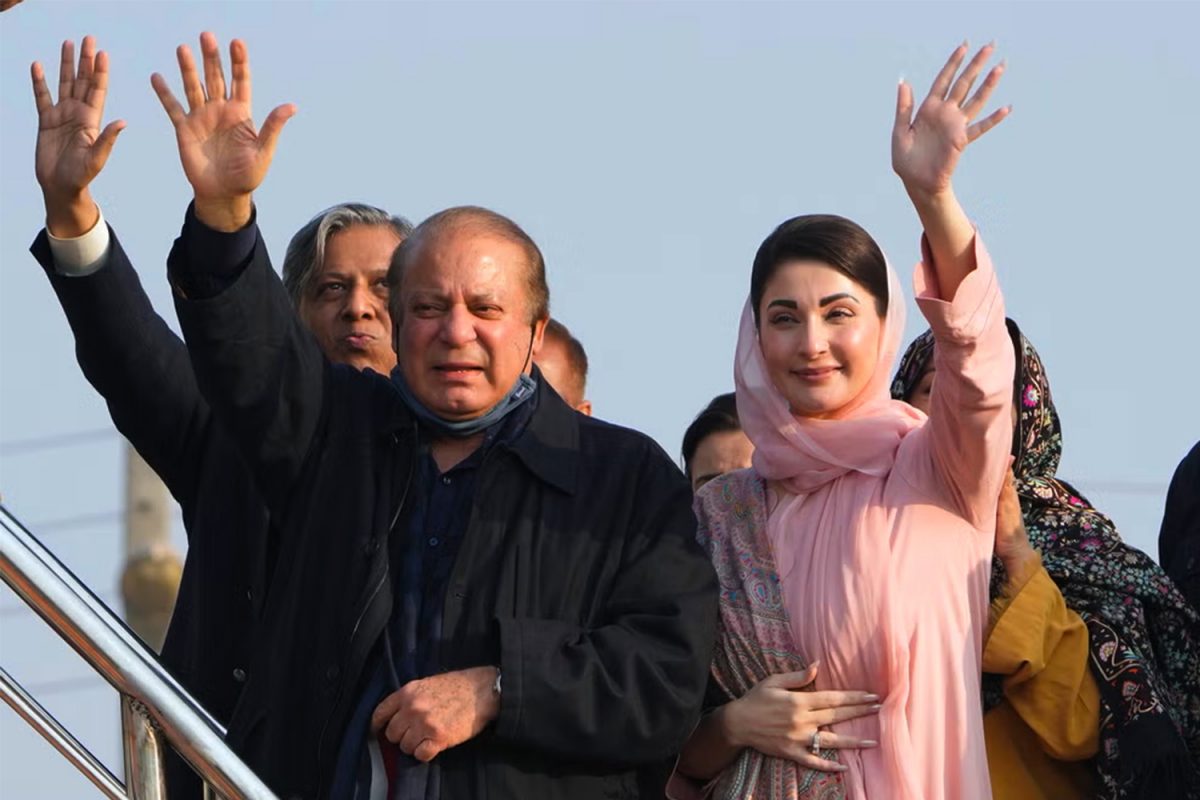Afghan President Hamid Karzai visited India at the end of May this year, seeking military assistance in securing Afghanistan, once NATO forces leave in 2014. President Karzai’s wish-list presented to India includes the possibility of asking for the presence of Indian forces in Afghanistan; however, one needs to analyse how realistic this course of action actually is.[1] Since US & NATO forces invaded Afghanistan in late 2001, an initial estimated cost of $15-25 billion for the country’s reconstruction was put forward.[2] In reality, Afghanistan has not only cost the United States trillions, but since its interference in the country, very few tangible or significant changes have been achieved on the ground.[3]
A major part of securing Afghanistan was building the Afghan National Army (ANA) and Afghan National Police (ANP). The United States has failed to adequately arm the ANA and ANP, and has not re-built the Afghan Air Force that was destroyed during the civil war and the invasion of Afghanistan. All this has left the Afghans poorly equipped to fight off any future invasion of the country or subdue any internal opposition. The weaponry that was provided was either outdated or had been shown to be lacking in the theatre of battle. M16 rifles and Humvee tanks were only provided once the US had adopted M4 rifles and mine-resistant ambush-protected (MRAP) tanks as their weapons of choice. The failures of of both the M16 and Humvee tanks are well known from the wars in Iraq and Afghanistan.
In 2006, in one of the high level meetings on the security sector of the Afghanistan National Development Strategy (ANDS), Gen. Abdul Rahim Wardak, the then Afghan Minister for Defense, trounced the table in anger and complained about the US authorities. His complaint was that the US was not providing much needed weapons to the Afghan forces, including the Afghan Air Force. In response to Gen. Wardak’s demands the US provided vehicles such as Ford Rangers that are incapable of the level of maneuverability required in the rough terrain of Afghanistan. This, together with lack of weapons, has failed to give the Afghan security forces any level of advantage over the “enemy”.
Attempts to rebuild the Air Force have always been blocked by the US, insisting that the Afghans buy planes from US boneyards. Afghan authorities were persuaded to buy US Air Force scrap, which have been grounded since their purchase.[4] President Karzai also alluded to this fact when he said , “The United States provides us with planes like dragonflies. In other countries they are used for training purposes, but they are given to us as fighter jets. We told them we don’t need them and told them to give them to a country that [has] never seen planes.”[5] He went on, “If you are willing to give us planes, then provide us with F16 planes free of charge, otherwise, we don’t need these planes.”[5]
Historically, Afghanistan has proved to be one of the most resilient countries in the face of foreign occupation. The people of this region have defeated many leading superpowers, including the armies of Alexander the Great, the British in the 1800s and the Soviet Union in the 1980s; the United States is facing the prospect of joining this unenviable list. Allied with more than 40 countries, in the invasion of Afghanistan in 2001, the US unleashed all sorts of weaponry on the people of this region to enforce not only its colonial grip, but also its liberal ideology. However, all this force has proved to be less effective than expected. Both the Afghan and Western media have played down the rate of casualties, where the ground realities indicated that the numbers were a lot higher than those cited. The US Army not only had to adopt newly designed rifles for its soldiers, as the M16 had not been able to contest with the AK47s used by a dispersed militia group of insurgents. It also – due to the vulnerability of the Humvees facing RPG7 and small-sized IEDs – had to develop new models of MRAPs that did not prove effective yet.
Would India be a better force than the US and NATO in securing Afghanistan? India already has 750,000 of its troops in Kashmir, locked in a fight with a group of local militant groups who have little access to weaponry and funds, and are prone to the changing politics of Pakistan. It also has to fight several different separatist groups across the country and maintain its presence at the borders of Pakistan and China to protect the country from any possible conflicts. Moreover, India has not yet forgotten its bitter defeat in Sri Lanka, when Indian troops were sent to secure the country in 1982. The fact is that India could only get involved by being persuaded by the US, as part of the US’ broader agenda and strategy against China in the region. India, therefore, may be able to provide some military equipment and exert its influence in Afghanistan to an extent; but India may neglect to realise the fact that if Afghanistan was indeed winnable, the United States would have not shared the power over it with anyone else in the first place.
[5] http://tolonews.com/goftman/3072-karzai-seeks-legalisation-of-international-presence-in-afghanistan





